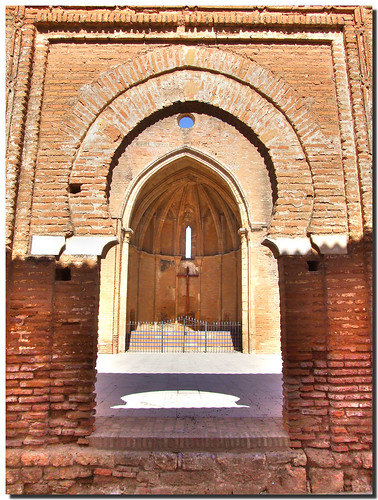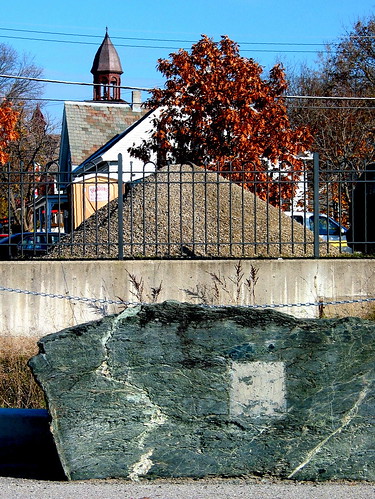A few nice christian singles images I found:
213C-0801 Pink & Purple Petal Criss Cross Background – For August 1 2010

Image by ? Crystal Writer ?
Again, I turned the viewing angle, this time intentionally looking for something that could make a great desktop wallpaper background. Once I have tested it on my desktop, I will recreate it in popular size formats for download. In the meantime, anyone who knows how to find the points to make a single tile for this should be able to use it for a background on any site that tiles images, such as YouTube. View it large to see what you think. I often like the ones that bring in some of the softer parts of the image since I think they make less obtrusive backgrounds.
As I mentioned in the July 1st picture from which this kaleidoscope tessellation is made, it’s pretty hard to make just one of these. As I move around in the software, I see a design that just catches my eye and grabs me, and I have to share it with others. For August 1st, that has turned out to be six designs so far. Please enjoy.
Without ceiling / Sin techo

Image by . SantiMB .
Niebla, Huelva (Spain).
ENGLISH
The church of San Martin is one of the buildings with the most transformations of the town legacy. An in-depth study of this church has never been made, but its location in one of the most strategical locations of the town, and its remains, are important keys to knowing its evolution throughout the History.
In the decade of the 20s of the 20th century, as it was in ruins and without cult, part of it was pulled down in order to ease the road traffic circulation, so that only part of the apse at the front part of the church and the original central gate at the bottom remain; the central part of the three christians naves and the transept were in good conditions in the late 19th century, as showed in a photograph published by Amador de los Ríos, but they disappeared in the partial demolition of the 20s.
The paleochristian and visigothic remains embedded in its walls made Amador de los Rios consider the existence of a primitive christian church on that site, maybe the episcopal see of the Visigothic Elepla. That assumed building would have been used for the construction of one of the main mosques of the muslim Labla, with five naves and almina. The conversion of the building to the christian cult after the conquest, with Latin cross plan and a beautiful masonry apse, would have involved considerable changes in its appearence: the complete or partial demolition of its assumed five naves, the conversion of the alminar into a bell tower, the increase of its height, the blocking off of the doors, etc.
The remaining door at the bottom of the central nave is made of bricks and has the typical muslim shape: double horseshoe arch on marble macelas, alfiz and borders with lacería pattern ( geometrical decoration consisting of interlaced lines forming star-shaped and poligonal figures).
The comparison of that door with other ones of the peninsular south leads to think that it is maybe a mudejar work of the 14th century, subsequent to the christian conquest.
According to the photographs of the late 19th century referred to above, the church would have three naves, with the central one on an upper level than the lateral ones. The fact that the naves have pointed horseshoe arches could lead to date them about the 1400.
The apse, the most monumental part of the church, is not common in the onubense gothic style. Nevertheless, it has a polygonal plan of twelve sides and its vault has no espinazo rib (the rib that links the arches’ keystones going through the vault’s keystone), which is a typical feature of Seville’s and Huelva’s Gothic style. There are some parallels with Seville’s cathedral , according to which the apse could date from the first quarter of the 15th century.
Source: www.castillodeniebla.com
—————————–
CASTELLANO
La iglesia de San Martín es uno de los edificios que con más transformaciones nos ha legado la ciudad. No ha sido nunca estudiado en profundidad, pero por su localización en uno de los puntos más estratégicos de la ciudad, y los restos conservados, representan importantes claves para el conocimiento de su evolución a lo largo de la Historia.
En la década de los años veinte del presente siglo, al encontrarse en ruina y sin culto, se comenzó a derribar para facilitar la circulación del tráfico rodado, quedando sólo en pie parte del ábside en la cabecera y la primitiva puerta central de acceso en los pies de la iglesia, perdiéndose desde esos momentos la parte central de las tres naves cristianas y el crucero, que todavía se encontraba en buen estado a finales del siglo XIX, según fotografía publicada por Amador de los Ríos.
Los restos paleocristianos y visigodos empotrados en sus muro llevaron a amador de los Ríos a considerar la existencia en el lugar de un primitivo templo cristiano, quizás la sede episcopal de la Elepla visigoda, que habría servido de base para la construcción de una de las principales mezquitas de la Labla musulmana, construida con cinco naves y almina. La transformación al culto cristiano después de la conquista, con planta latina y un ábside en cantería de gran calidad y presencia, conllevaría un importante cambio en su fisonomía, tal vez su derribo completo o de parte de sus posibles cinco naves, adaptación del alminar a campanario, elevación de alturas, tapiado de puertas, etc.
La puerta conservada a los pies de la nave central está fabricada con ladrillo y mantiene una forma típicamente musulmana, con doble arco de herradura enjarjada sobre macelas de mármol, alfiz, recuadro doblado y cenefa de lacería.
Dada su comparación con otras puertas del sur de la Península hacen sospechar que se trate de una obra mudéjar del siglo XIV, posterior por ello a la conquista cristiana.
Según las fotografías de finales del siglo XIX conservadas, la iglesia constaría de tres naves, con la central elevada a mayor altura que las laterales. El que aparezcan conformadas con arcos de herradura apuntada podría fecharlas alrededor del año 1400.
El ábside, que parece ser la parte más monumental de la iglesia, no es corriente en el gótico onubense. Sin embargo, presenta planta dodecágono con bóveda carente de nervio de espinazo, como es normal en el gótico de las provincias de Sevilla y Huelva. Algunos de los detalles, paralelizbles en la Catedral de Sevilla, lo fecharían en el primer cuarto del siglo XV.
Fuente: www.castillodeniebla.com
architectural • masses

Image by origamidon
Middlebury, Vermont USA • This shot from the Marble Works, in November 2006 shows a massive, green marble boulder; across the railroad tracks, the retaining wall & fence; a pyramidal pile of gravel; the gables of the roof of the National Bank of Middlebury branch; and the red steeple of the United Methodist Church (1892-93) on North Pleasant Street (Route 7).
The Marble Works (1898) is a vibrant, mixed residential & commercial complex, with fine restaurants, shops, a pharmacy, galleries & a wide-variety of services. ? The Brandon Italian Marble Works moved from Brandon in 1898 to a large site conveniently located between the Middlebury Falls and the railroad station. The company built three, long, single story buildings and sheds of rough laid scrap blocks of marble.